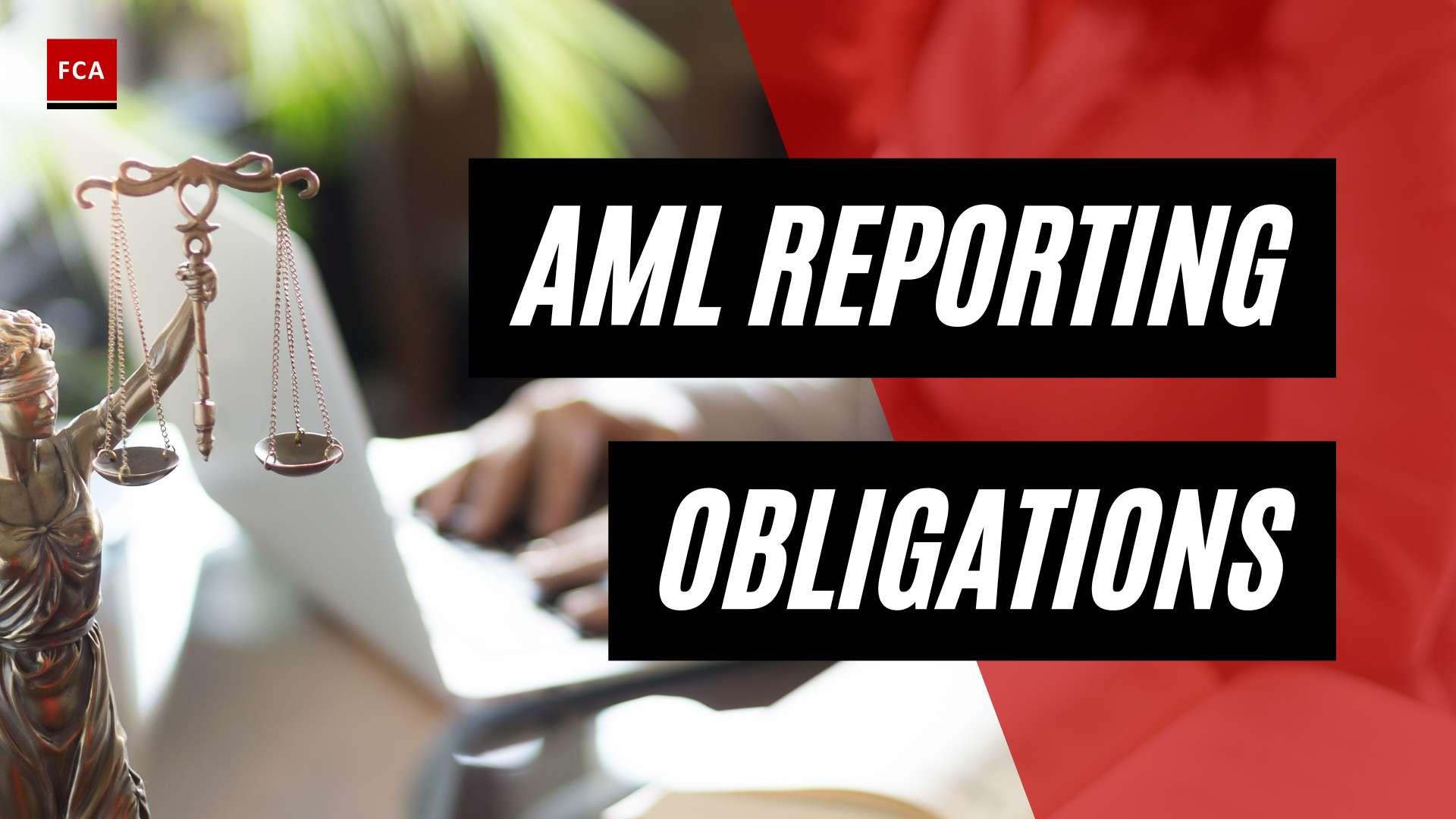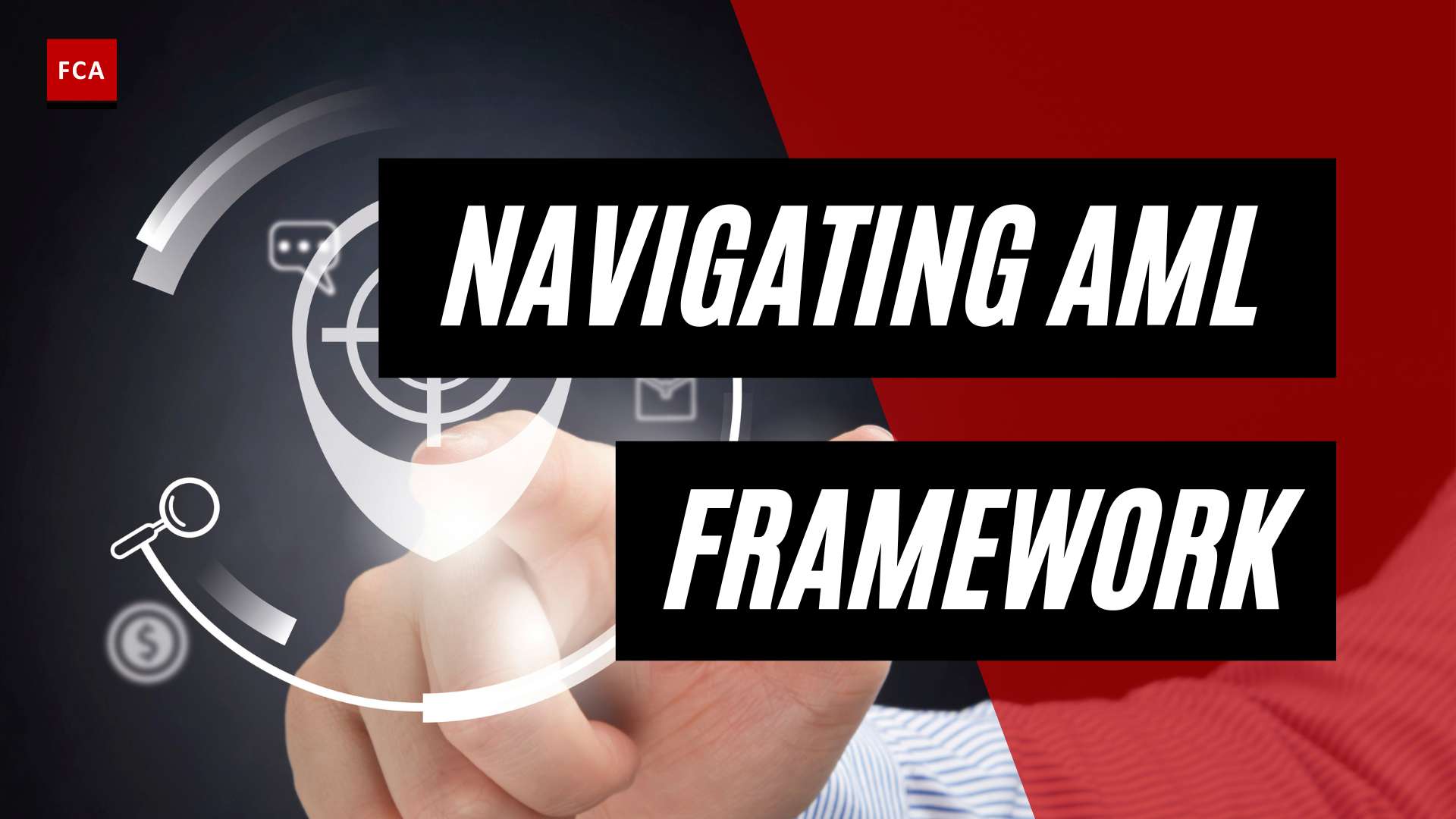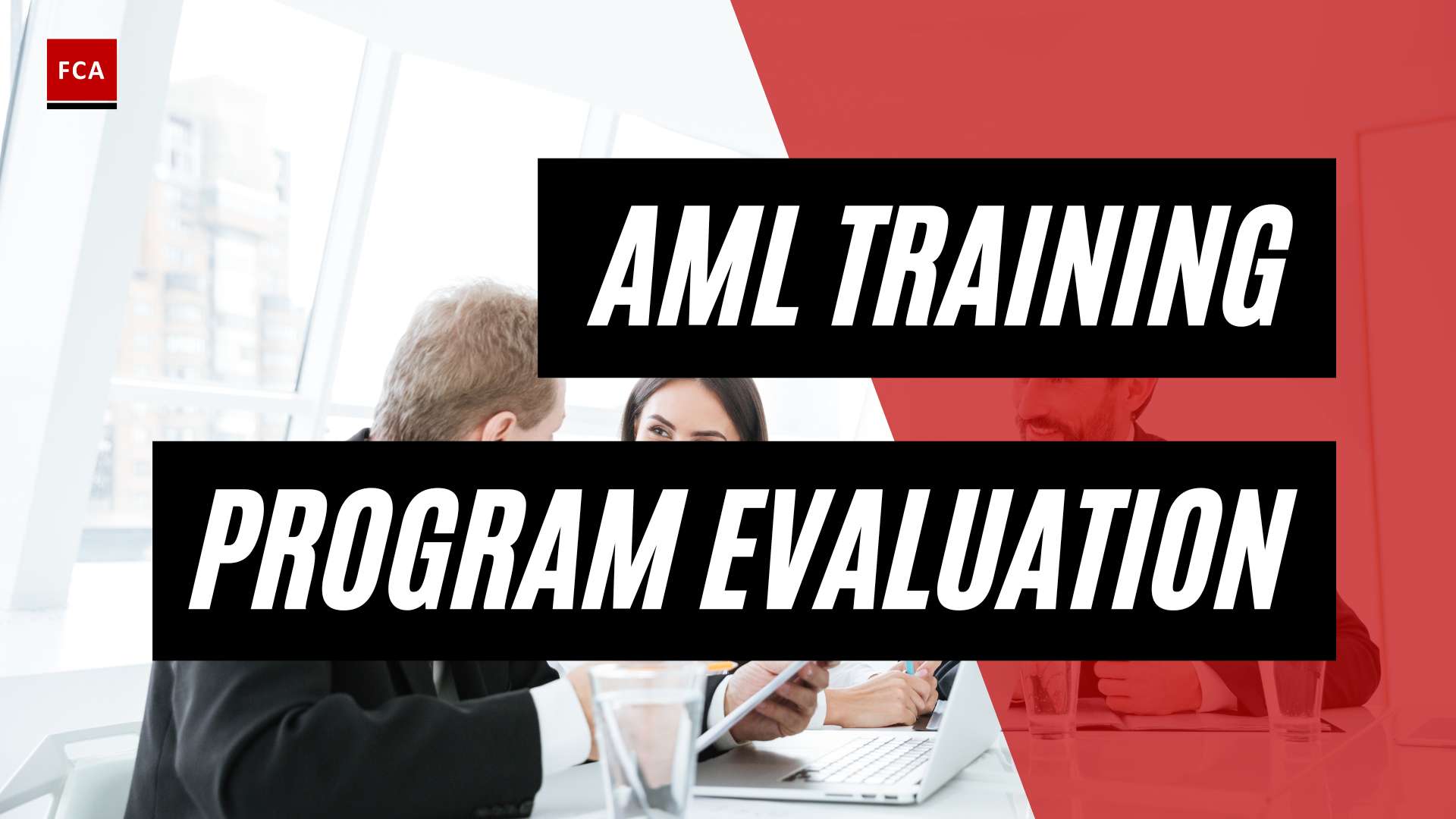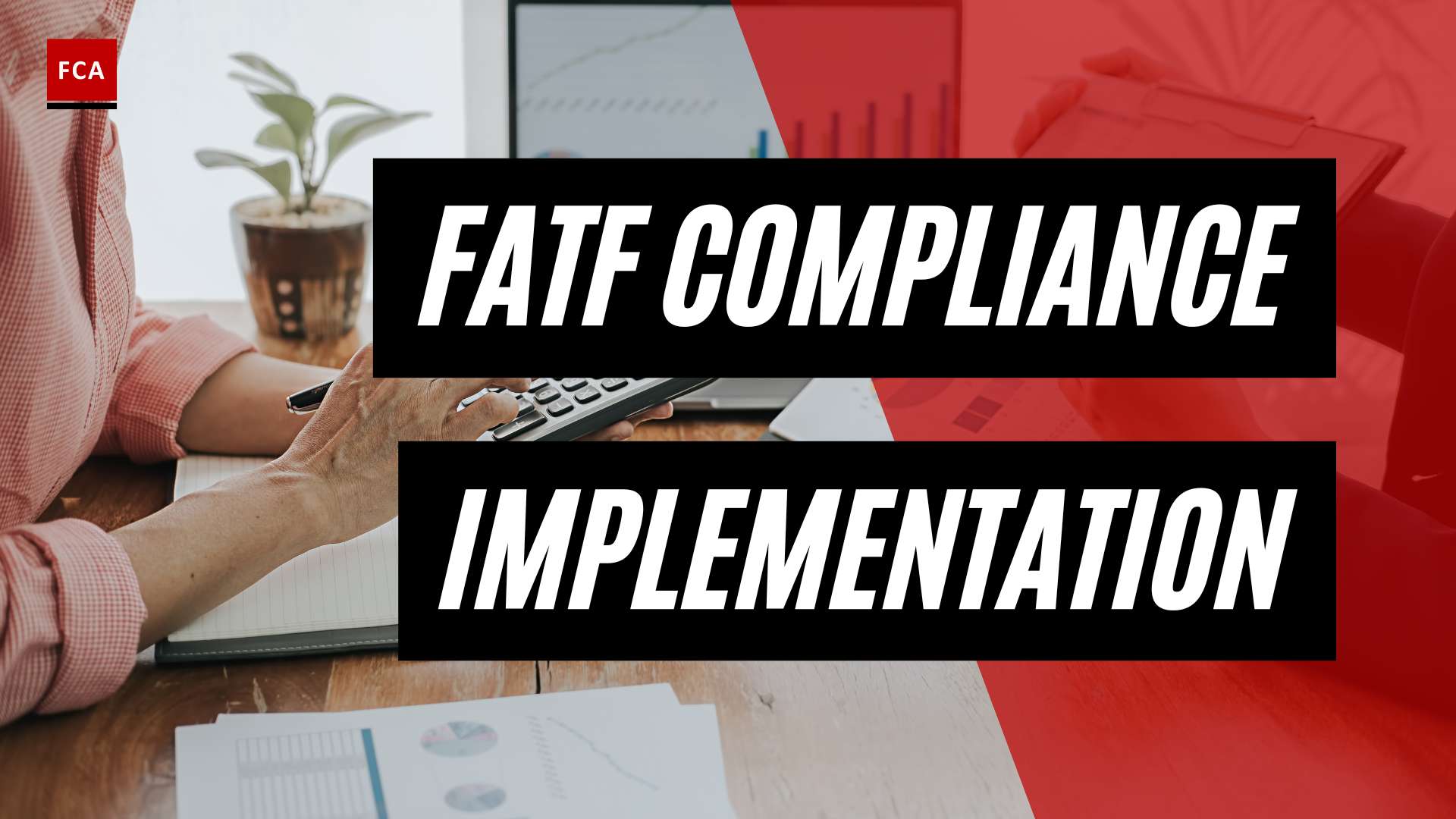Understanding AML Regulation
To combat the global issue of money laundering, Anti-Money Laundering (AML) regulations play a crucial role in establishing a robust framework for financial institutions and other organizations. Among the key entities involved in shaping AML standards is the Financial Action Task Force (FATF).
The Importance of Anti-Money Laundering (AML) Regulation
AML regulation is essential for safeguarding the integrity of the global financial system. Money laundering poses significant threats, including financing terrorism, facilitating organized crime, and undermining legitimate economic activities. AML regulations aim to detect, prevent, and deter money laundering activities by imposing obligations on financial institutions and other entities to implement effective anti-money laundering measures.
By adhering to AML regulations, organizations contribute to the overall stability and security of the financial system. Compliance with these regulations not only protects against potential legal and reputational consequences but also helps maintain the trust and confidence of customers and stakeholders.
The Role of Financial Action Task Force (FATF)
The Financial Action Task Force (FATF) is an intergovernmental body established to combat money laundering and terrorist financing. It sets international standards, develops policies, and promotes the implementation of effective AML and counter-terrorist financing (CFT) measures worldwide.
FATF’s primary objective is to establish a global framework to combat money laundering and terrorist financing. It achieves this by issuing recommendations that provide guidance to countries and organizations on the implementation of AML/CFT measures. These recommendations are widely recognized and adopted by governments, regulatory bodies, and financial institutions around the world.
FATF also conducts mutual evaluations to assess the effectiveness of countries’ AML/CFT regimes. Through these evaluations, FATF identifies areas for improvement and provides recommendations to enhance the AML efforts of member countries.
It is important to note that FATF does not have enforcement authority. However, its recommendations carry significant weight, and non-compliance can result in reputational damage and potential regulatory actions. Additionally, FATF maintains a list of jurisdictions that pose a higher risk of money laundering and terrorist financing. This list, commonly known as the FATF Grey List or FATF Blacklist, serves as an important reference for financial institutions and regulators.
Understanding the importance of AML regulation and the role of FATF is crucial for organizations and professionals working in compliance, risk management, and anti-money laundering. By staying informed and aligning with FATF’s risk-based approach, organizations can contribute to the global fight against money laundering and terrorist financing.
Introduction to FATF’s Risk-Based Approach
To effectively combat money laundering and terrorist financing, the Financial Action Task Force (FATF) has developed a risk-based approach that is widely recognized and implemented by countries around the world. This section will provide an overview of what a risk-based approach entails and how FATF promotes its adoption.
What is a Risk-Based Approach?
A risk-based approach is a strategic methodology that focuses resources and efforts on the areas of highest risk. In the context of anti-money laundering (AML) and counter-terrorist financing (CTF), it involves identifying, assessing, and mitigating the risks associated with money laundering and terrorist financing activities. By understanding the risks involved, financial institutions and designated non-financial businesses and professions (DNFBPs) can allocate their resources more efficiently and effectively to protect against these illicit activities.
FATF’s risk-based approach recognizes that not all customers, transactions, and products pose the same level of risk. It emphasizes the need for countries, financial institutions, and DNFBPs to identify and understand the specific risks they face and tailor their AML and CTF measures accordingly. This approach allows for a more targeted and proportionate response, ensuring that resources are directed where they are most needed.
How FATF Promotes a Risk-Based Approach
FATF plays a crucial role in promoting the adoption of risk-based approaches worldwide. Through its set of recommendations, FATF provides guidance to countries on how to develop and implement effective AML and CTF systems. These recommendations, commonly known as the FATF Recommendations, are a globally recognized standard for AML and CTF efforts.
Within the FATF Recommendations, Principle 1 emphasizes the importance of adopting a risk-based approach. It highlights the need for countries to identify, assess, and understand the money laundering and terrorist financing risks they face. Furthermore, Principle 2 calls for countries to ensure that their AML and CTF measures are commensurate with the identified risks.
FATF also conducts mutual evaluations of its member countries to assess their compliance with the FATF Recommendations, including the implementation of a risk-based approach. These evaluations serve as a mechanism for peer review and provide valuable insights into the effectiveness of countries’ AML and CTF frameworks.
By promoting the adoption of risk-based approaches, FATF aims to enhance the global AML and CTF regime, improve the effectiveness of AML measures, and mitigate the risks posed by money laundering and terrorist financing activities.
Understanding the role of FATF and the importance of a risk-based approach is crucial for professionals working in compliance, risk management, and other areas related to AML and CTF. By adhering to FATF’s recommendations and implementing a risk-based approach, countries and financial institutions can strengthen their defenses against money laundering and terrorist financing.
Benefits of the Risk-Based Approach
Implementing a risk-based approach, as advocated by the Financial Action Task Force (FATF), offers several key benefits in the realm of anti-money laundering (AML) measures. By prioritizing resources and adapting to new and evolving risks, organizations can enhance the effectiveness of their AML efforts.
Enhanced Effectiveness of AML Measures
One of the primary advantages of adopting a risk-based approach is the enhanced effectiveness of AML measures. Rather than employing a one-size-fits-all strategy, organizations can focus their efforts on areas that present higher risks of money laundering and terrorist financing. By conducting thorough risk assessments and tailoring their approach accordingly, organizations can deploy targeted controls and resources where they are most needed, maximizing the impact of their AML efforts.
Efficient Allocation of Resources
The risk-based approach enables organizations to allocate their resources more efficiently. By identifying and prioritizing higher-risk areas, organizations can allocate their time, personnel, and financial resources accordingly. This ensures that resources are not wasted on low-risk areas, allowing for a more cost-effective AML program. By adopting this approach, organizations can achieve a better balance between risk mitigation and resource allocation, optimizing their AML efforts.
Adaptability to New and Evolving Risks
The risk-based approach allows organizations to stay agile and adapt to new and evolving risks in the ever-changing landscape of money laundering and terrorist financing. By continuously monitoring and reassessing risks, organizations can proactively identify emerging threats and adjust their AML measures accordingly. This adaptability helps organizations stay ahead of the curve and effectively respond to emerging risks, ensuring the continued effectiveness of their AML program.
In summary, the risk-based approach advocated by FATF offers several benefits for organizations in their AML efforts. By enhancing the effectiveness of AML measures, efficiently allocating resources, and adapting to new and evolving risks, organizations can strengthen their AML programs and better mitigate the risks of money laundering and terrorist financing. To learn more about FATF and its role in AML regulation, refer to our article on FATF’s Role in AML Regulation.
Implementing the Risk-Based Approach
To effectively implement the Financial Action Task Force’s (FATF) risk-based approach, organizations need to follow a structured process that includes conducting a risk assessment, developing risk-based policies and procedures, and implementing ongoing monitoring and review mechanisms.
Conducting a Risk Assessment
Conducting a comprehensive risk assessment is a crucial first step in implementing the risk-based approach. This assessment aims to identify and understand the specific money laundering and terrorist financing risks that an organization may face. By conducting a risk assessment, organizations can tailor their anti-money laundering (AML) measures to address the specific risks they encounter.
During the risk assessment, organizations should consider various factors, including the nature of their business, the types of customers they serve, the geographic regions they operate in, and the products and services they offer. Additionally, organizations should evaluate the effectiveness of their existing controls and determine any gaps that need to be addressed.
By conducting a risk assessment, organizations can gain valuable insights that help them allocate their resources more efficiently and prioritize their AML efforts. This risk assessment process should be conducted regularly to ensure that the organization remains vigilant in mitigating emerging risks.
Developing Risk-Based Policies and Procedures
Once the risk assessment is complete, organizations can develop risk-based policies and procedures that are tailored to their specific risk profile. These policies and procedures should outline the controls and measures that will be implemented to mitigate identified risks effectively.
The risk-based policies and procedures should cover areas such as customer due diligence (CDD), transaction monitoring, and suspicious activity reporting. They should be designed to meet the requirements set forth by regulatory authorities and align with the FATF’s recommendations. It is essential to ensure that these policies and procedures are regularly updated to reflect changes in the risk landscape and regulatory requirements.
By developing risk-based policies and procedures, organizations can establish clear guidelines for their employees, ensuring consistency and effectiveness in their AML efforts. These policies and procedures should be communicated and accessible to all relevant personnel within the organization.
Ongoing Monitoring and Review
Implementing the risk-based approach is an ongoing process that requires continuous monitoring and review. Organizations should establish mechanisms to monitor the effectiveness of their AML measures and adjust them as necessary. This includes regularly reviewing and updating risk assessments, policies, and procedures to reflect changes in the risk landscape and regulatory environment.
Ongoing monitoring involves monitoring customer transactions, conducting periodic reviews of high-risk customers, and analyzing patterns and trends that may indicate suspicious activities. Organizations should also maintain a system of internal controls and audits to ensure compliance with their risk-based policies and procedures.
By continuously monitoring and reviewing their AML measures, organizations can identify any gaps or weaknesses and take prompt action to address them. Regular reviews and updates help organizations stay proactive in their efforts to combat money laundering and terrorist financing.
Implementing the risk-based approach requires a commitment from the organization’s leadership and the dedication of resources. By following the steps of conducting a risk assessment, developing risk-based policies and procedures, and implementing ongoing monitoring and review, organizations can leverage the power of the FATF’s risk-based approach to enhance the effectiveness of their AML measures and mitigate risks more efficiently.
Challenges and Considerations
Implementing a risk-based approach in the context of Anti-Money Laundering (AML) regulation, as advocated by the Financial Action Task Force (FATF), comes with its own set of challenges and considerations. These challenges revolve around ensuring compliance with regulatory requirements, balancing risk management and business objectives, and fostering collaboration and information sharing.
Ensuring Compliance with Regulatory Requirements
Incorporating a risk-based approach while ensuring compliance with regulatory requirements can pose a challenge for organizations. AML regulations are constantly evolving, and staying up-to-date with the latest FATF recommendations and regulatory changes is essential. Organizations must maintain a deep understanding of their obligations and make necessary adjustments to their AML programs accordingly.
Compliance also involves conducting thorough risk assessments to identify and assess the money laundering and terrorist financing risks specific to their organization. This requires a comprehensive understanding of the FATF’s risk assessment methodologies and the ability to apply them effectively.
Balancing Risk Management and Business Objectives
Achieving a balance between risk management and business objectives is crucial when implementing a risk-based approach. Organizations need to ensure that their AML measures do not hinder business growth or impede customer experience. It requires a careful evaluation of the risks involved in various business activities and the implementation of mitigating controls without compromising business efficiency.
Striking the right balance involves clear communication between compliance, risk management, and business teams. Collaboration and coordination are key to aligning risk management strategies with business objectives while maintaining compliance with regulatory requirements.
Collaboration and Information Sharing
Collaboration and information sharing among stakeholders are vital components of a successful risk-based approach. Organizations need to foster an environment that encourages collaboration between internal departments, such as compliance, legal, risk management, and operations. This ensures a holistic understanding of risk across the organization and promotes effective risk mitigation strategies.
In addition, collaboration should extend beyond organizational boundaries. Sharing information and best practices with industry peers, participating in industry forums, and engaging with regulatory bodies can enhance the effectiveness of risk-based approaches. By staying informed about the FATF’s mutual evaluations and developments in AML regulation, organizations can adapt their risk management strategies to meet evolving industry standards.
By addressing these challenges and considerations, organizations can effectively leverage the power of FATF’s risk-based approach to combat money laundering and terrorist financing. This approach enables them to allocate resources efficiently, enhance the effectiveness of their AML measures, and adapt to new and evolving risks.
Best Practices for Leveraging the Power of FATF’s Risk-Based Approach
To effectively leverage the power of FATF’s risk-based approach in combating money laundering and terrorist financing, organizations should implement the following best practices:
Continuous Training and Education
Continuous training and education are essential to stay updated with the latest trends, techniques, and regulatory developments in the field of anti-money laundering (AML). By providing regular training sessions to employees, organizations can enhance their understanding of AML risks and the importance of a risk-based approach. Training should cover topics such as identifying red flags, conducting customer due diligence, and reporting suspicious activities. Additionally, organizations should encourage employees to pursue professional certifications and participate in industry conferences to further enhance their knowledge and expertise.
Engaging Senior Management and Board of Directors
Strong support from senior management and the board of directors is crucial for effective implementation of a risk-based approach. Senior leaders should actively participate in AML initiatives, demonstrate a commitment to compliance, and allocate sufficient resources to support risk management efforts. They should also foster a culture of compliance throughout the organization by setting a strong tone at the top and promoting ethical behavior. Regular communication and reporting to senior management and the board on AML risks, controls, and mitigation strategies are essential to ensure ongoing support and oversight.
Utilizing Technology and Data Analytics
Technology and data analytics play a significant role in enhancing the effectiveness and efficiency of AML programs. Organizations should leverage technological solutions to automate transaction monitoring, customer screening, and risk assessment processes. By utilizing sophisticated data analytics tools, organizations can identify patterns, anomalies, and potential risks more effectively. These tools can also help in identifying high-risk areas, enhancing the accuracy of risk assessments, and streamlining compliance processes. Implementing robust know-your-customer (KYC) systems and transaction monitoring platforms can significantly strengthen an organization’s ability to detect and prevent money laundering activities.
By adopting these best practices, organizations can effectively leverage the power of FATF’s risk-based approach to combat money laundering and terrorist financing. Continuous training and education, engagement of senior management and the board of directors, and utilization of technology and data analytics are key pillars in building a robust AML framework. It is essential for organizations to regularly review and update their AML programs to adapt to evolving risks and regulatory requirements.








